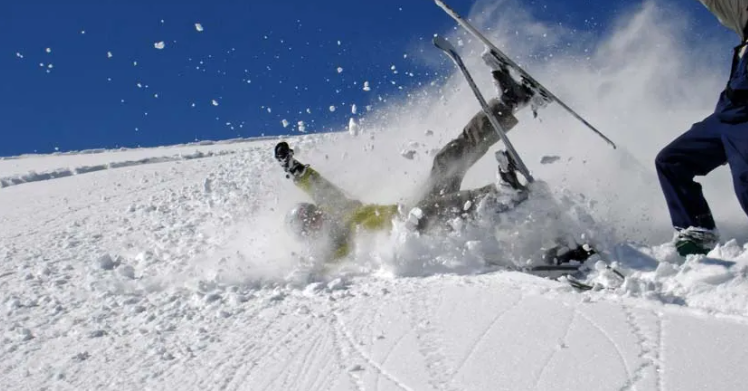What is a Ski Collision Case?

What is a ski collision case?
Skiing is not a contact sport and being blindsided by another skier or snowboarder is not an inherent risk under either Colorado or Utah law. Colorado law presumes that the uphill skier or boarder is at fault in a skiing accident, because the overtaking skier has the primary duty to avoid the skier below. In Utah, skiers are required to exercise “reasonable care” to avoid collisions. Usually, this also means the uphill skier must yield to skiers below.
Thus, one of the key issues in any skier/skier case is who was the uphill or overtaking skier. The nature of the injury often gives substantial clues as to how the ski accident occurred, the speed at which the skiers were skiing, and the relative angles to each other.
All skiers are under a general duty to ski cautiously, within their ability and to maintain control and a proper lookout. If a skier fails to ski in control or to maintain a lookout, the skier is negligent and responsible for the injuries and damages that result from the collision
What makes a ski collision case unique?
Many people, including inexperienced lawyers, view a ski collision as just “a car crash on the slopes.” This is an inaccurate characterization for a number reasons, including the dynamics of the accident itself and the laws determining liability. Your best outcome will be achieved by an attorney who not only skis, but also knows the trails and terrain at the Colorado ski areas, and has experience in ski accident reconstruction.
Additionally, the severity of the orthopedic injuries suffered distinguish many ski injuries – long bones and joints are often shattered, requiring extensive, long-term care to reach maximum medical improvement. Studies suggest that over thirty percent of skier collisions result in head injuries. Many of these skiing accident injuries leave some form of permanent impairment. Insurance coverage is typically more complicated than that for motor vehicle accidents as well.
Skiing is not an inexpensive sport to enjoy. Most regular skiers own their homes and thus have homeowner’s insurance coverage which provides coverage for ski accidents. But if the hitter is a young adult, gaining coverage under the parents’ homeowners’ insurance may be a fight depending on the specific facts.
What to expect from a ski collision lawsuit?
Ski safety laws in most states require individuals involved in skier/skier collisions to stop at the scene, render aid and to give their name, address, and identification. Yet, we receive numerous calls each year from skiers who were injured by another’s reckless skiing and that injured skier is unable to identify or name the reckless skier involved. Do not rely on ski patrol or ski area operators to get this information for you because in most cases, they are under no legal duty to obtain the information.
Generally, ski patrol will compile a relatively comprehensive report concerning the nature, location, and causes of a skier/skier collision. But you may not be provided a complete copy of the accident file without legal representation, many ski area operators will only produce the complete file in response to a subpoena from an attorney.
Medical expenses can easily run into six-figures. The nature of the injuries suffered in a ski collision often means expensive accommodations are needed over a long-term period. Other expenses which arise include future medical expenses, often coupled with a loss of income if the victim was previously employed. Usually the worst parts of the injury are the pain, the difficulty during recovery, and sometimes even a permanent impairment. The injured victim may seek compensation from the liable party for all of these expenses
